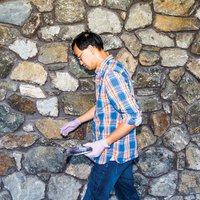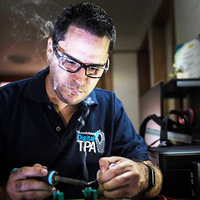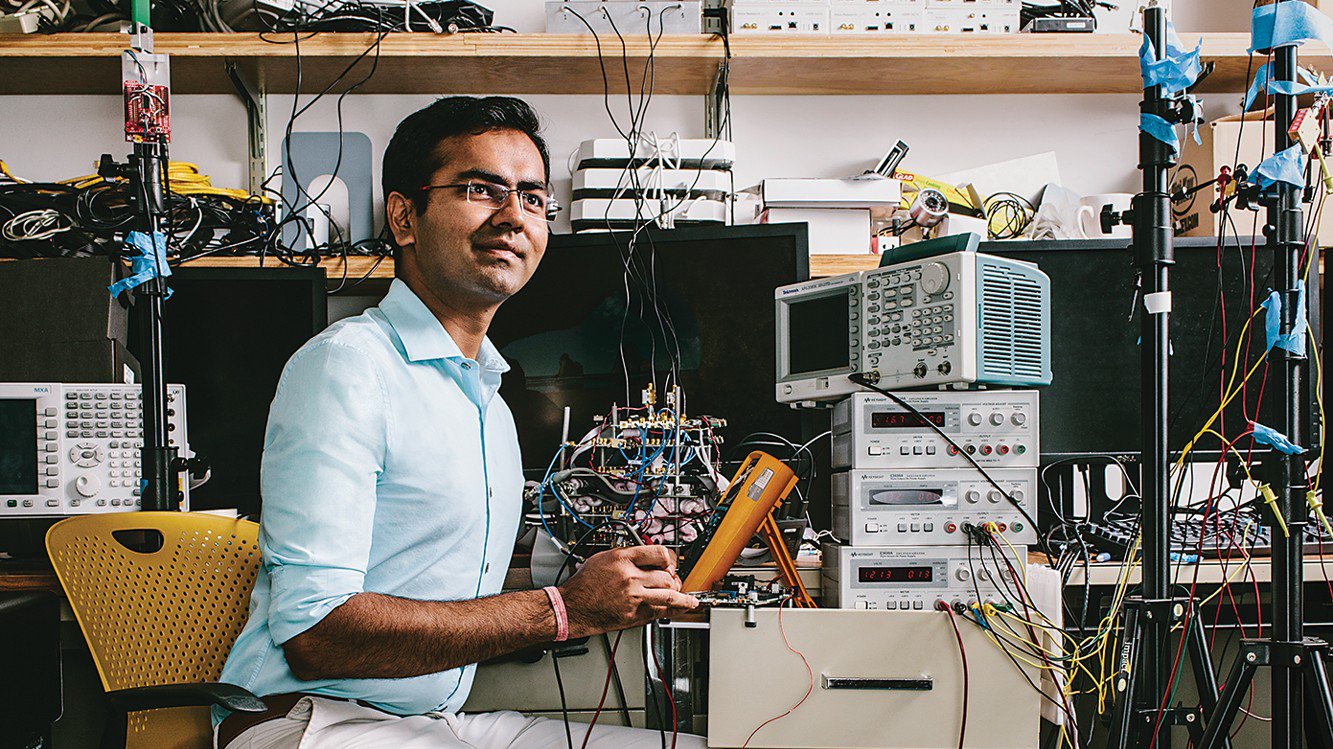Computer & electronics hardware
Dinesh Bharadia
A seemingly impossible radio design will double wireless data capabilities.
Photo by Adam DeTou

Global
Qing Cao
His inventions are helping IBM in its decade-plus quest to replace silicon transistors with more efficient carbon nanotubes.

Global
Christine Ho
Her startup is commercializing thin, flexible, printable batteries that she developed at UC Berkeley.

Global
Ari Roisman
Why the future of communication could be on your wrist.

Latin America
Felipe Betancur Posada
Developing low cost devices made with household utensils and based on open source software for the disabled
